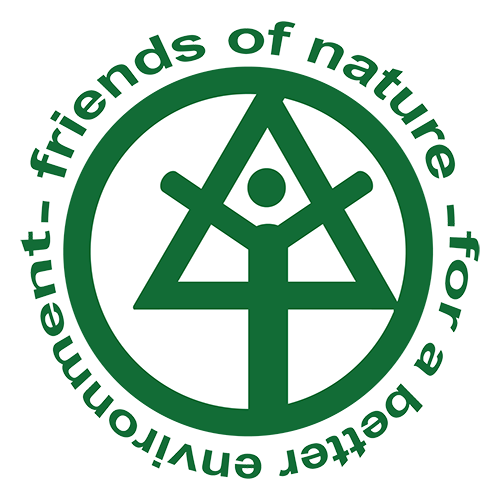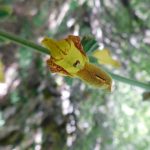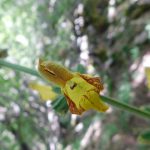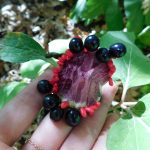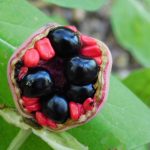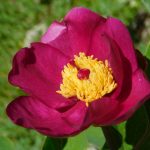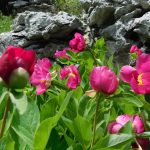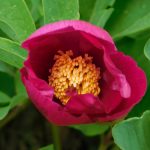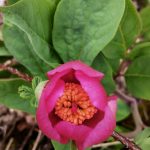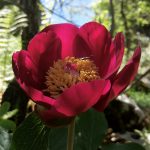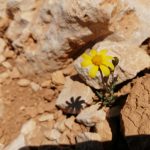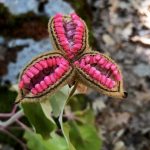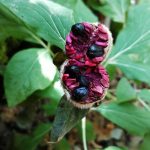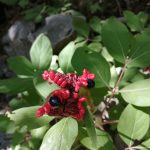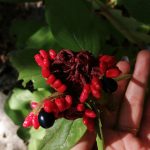What is a country without its natural heritage? What is a natural heritage without its own beautiful endemic species?
The project progressed from Nov. 2018 till Dec. 2021. It allowed for highly significant achievements at the level of endemic species status in the wild, community engagement, support to protected areas and the initiation of preservation of new sites. FON is highly thankful for the Critical Ecosystem Partnership Fund for their trust and support of Lebanon’s biodiversity.
Briefly, project accomplishments are summarized as follows.
- At the level of SRE plants, primary concrete data is established for 13 SRE distributed at four sites of Lebanon in 3 KBAs through field surveys.
- Total population size was determined
- Number of populations of species at sites was uncovered
- Species distribution maps were produced
- Reproductive capacity and seed set was determined
- Natural regeneration capacity was highlighted
- Ecological preference was described
- Threats to species were outlined
- The project presents a module for the assessment of the state of threatened endemic species in their natural habitats.
- Project results constitute baseline data for the target species. It is highly significant to assess the state of the species in their natural habitats and to discern their distribution in order to advise appropriate management and conservation measures, especially that the studied species do not observe homogeneous distribution over their natural terrain.
- The baseline data is imperative for the monitoring of the state of the species over time, to truly infer whether populations are increasing, decreasing or stable, whether they are recruiting new members or old members are deteriorating.
2- At the level of community engagement and capacity building,
- A botanical training module targeting communities was developed, and will serve for further trainings.
- A manual on plant life cycle and diversity was prepared and distributed to participants.
- A manual on plant identifying botanical characters was prepared, utilized for field training, and distributed to participants.
- Species identifying sheets were prepared for the target SRE and distributed to trainees
- 4 communities in 3 KBAs are made aware of the significance of their natural heritage in general, and the importance of the SRE in their regions in particular. The communities are not limited to the single main villages; nearing villages in the regions of Bcharri, Ehden, Jabal Moussa and Kfarselwan participated in project activities, which expanded the outreach and impact.
- 99 community members received structured training on the botanical field and the identifying characteristics of plants to enlarge their scope of comprehension of the plant world; this was very enlightening to help them recognize the value of plant diversity, and the identity of plant species, which they previously considered collectively as ‘plants’.
- 99 community members (67% women) can identify the valuable SRE in their natural regions
- 99 community members (67% women) are capable of providing constructive support for field work and research in the KBAs.
- 99 members (67% women) recognize the value of species and habitat conservation and are aware of different conservation modules.
- Women engagement in biodiversity recognition and conservation is greatly enhanced with 67% of trainees being females.
- 2 communities of unprotected sites networked with nearing protected areas to consolidate their engagement in conservation of their sites.
- 5 PA managers of two PA are better enabled to conduct their responsibilities through enhanced background information of plant diversity and their sites, and through evidence-based data on the sensitive species in their reserves.
3- At the level of enhancing the conservation and management of the SRE,
- 2 protected areas, HENR and JMBR, are supported with species distribution maps which are fundamentally useful for the management teams to avoid conceiving activities in species habitats.
- 2 protected areas received management plans to improve the protection of the SRE. The management plans are adopted into the management plan of the reserves for implementation.
- management practices for the better protection of 1 species, Astragalus ehdenensis were undertaken at HENR to reduce the existing threats. 2 unprotected sites received conservation plans integrating the results of field surveys, and the uncovered population distribution and habitat characteristics of the species.
- The major threat of grazing was resolved for Mount Kneisseh.
- Youth engagement at Mount Kneisseh materialized in cleaning up campaign, collecting garbage and eliminating campfires. The undertaken action symbolizes a change in behavior and the support of youth for protection of the site.
4- At the level of decision making,
- It is nationally enhanced with the verification of the survival of populations of EN & CR species in the 2 unprotected areas.
- future EIAs of any development project are now oblige to favor preservation over exploitation threats by virtue of acting laws of EIAs.
- 2 local authorities are more knowledgeable & sensitive to conservation of important species.
- 2 local authorities are supported with evidence and conservation/protection plans to launch the decision taking process favoring conservation.
5- For project outreach, a video documentary was produced showcasing activities, results, sites, and impact.
